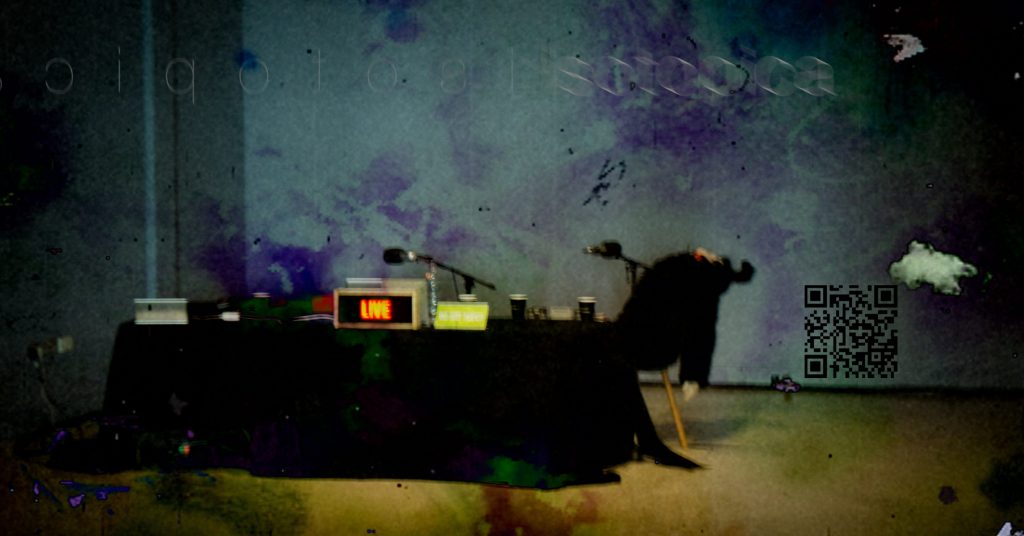Ultra high frequency
(UHF)
the ITU designation for radio frequencies in the range between 300 MHz and 3 GHz, also known as the band as the wavelengths range from one meter to one. UHF television broadcasting is the use of ultra high frequency (UHF) radio for over-the-air transmission of television signals. UHF frequencies are used for both
analog
and digital television broadcasts. UHF channels are typically given higher channel numbers, like the US arrangement with VHF channels 2 to 13, and UHF channels numbered 14 to 83.
UHF broadcasting became possible due to the introduction of new
high-frequency vacuum tubes
developed by Philips immediately prior to the opening of World War II. These were used in experimental television receivers in the UK in the 1930s, and became widely used during the war as radar receivers. Surplus tubes flooded the market in the post-war era. At the same time, the development of color television was taking its first steps, initially based on incompatible transmission systems. The US FCC set aside a block of the then-unused and now-practical UHF frequencies for color television use. The introduction of the backward compatible NTSC standard led to these channels being released for any television use in 1952

